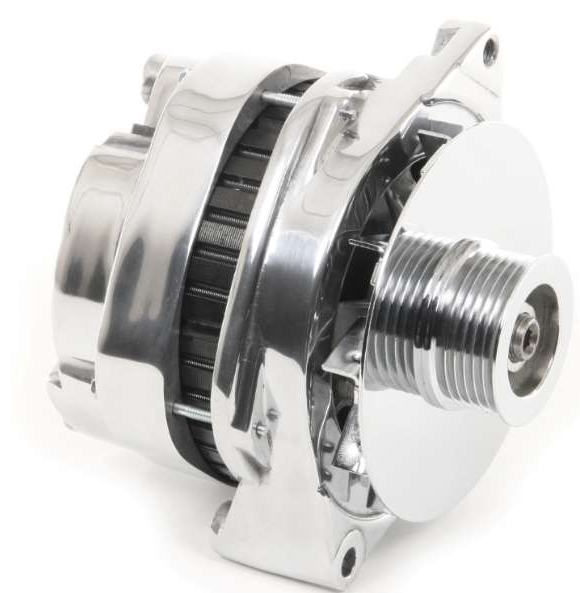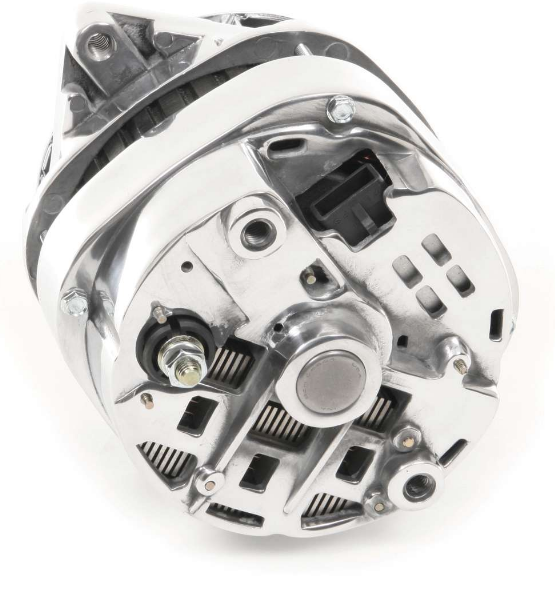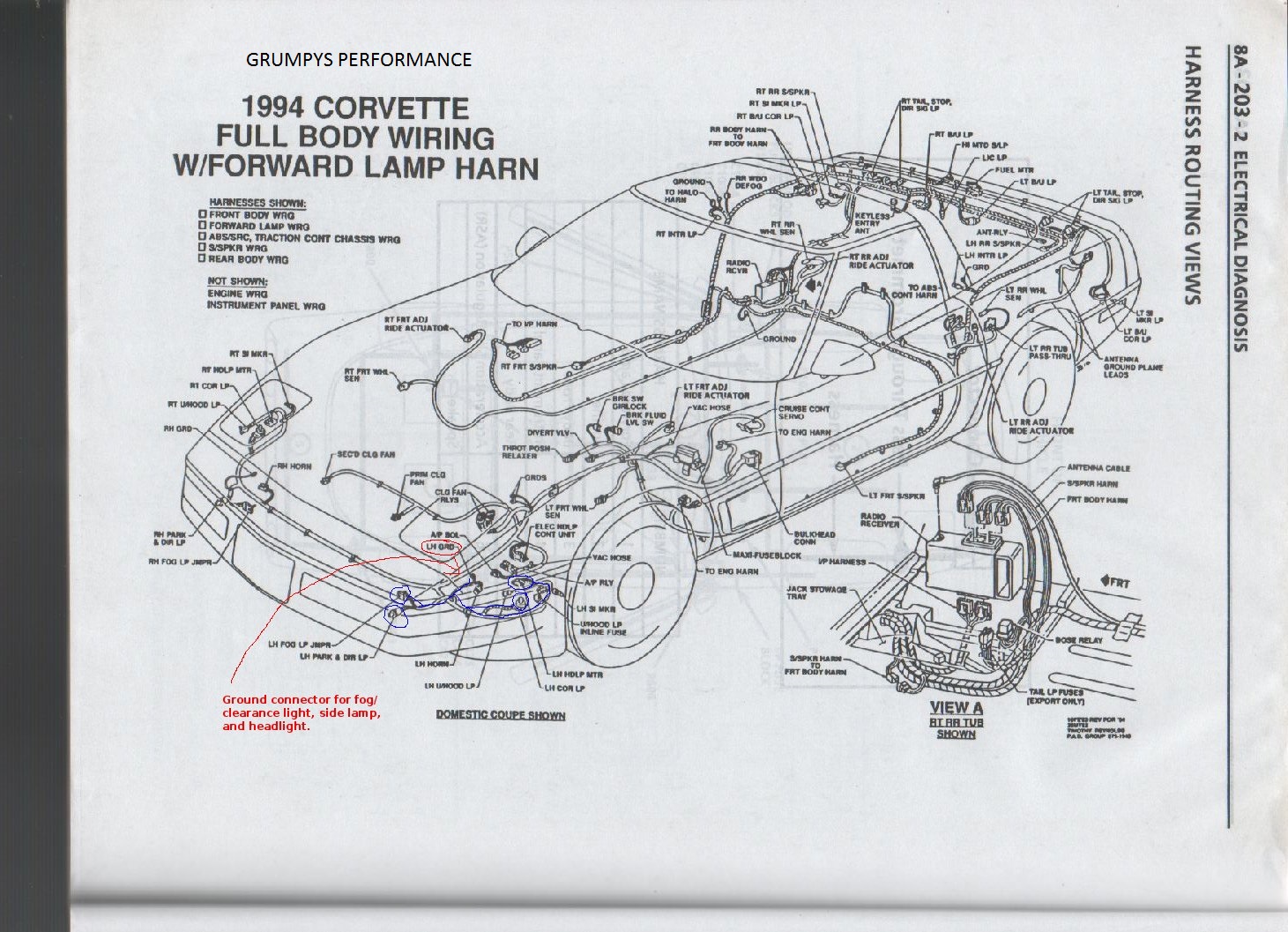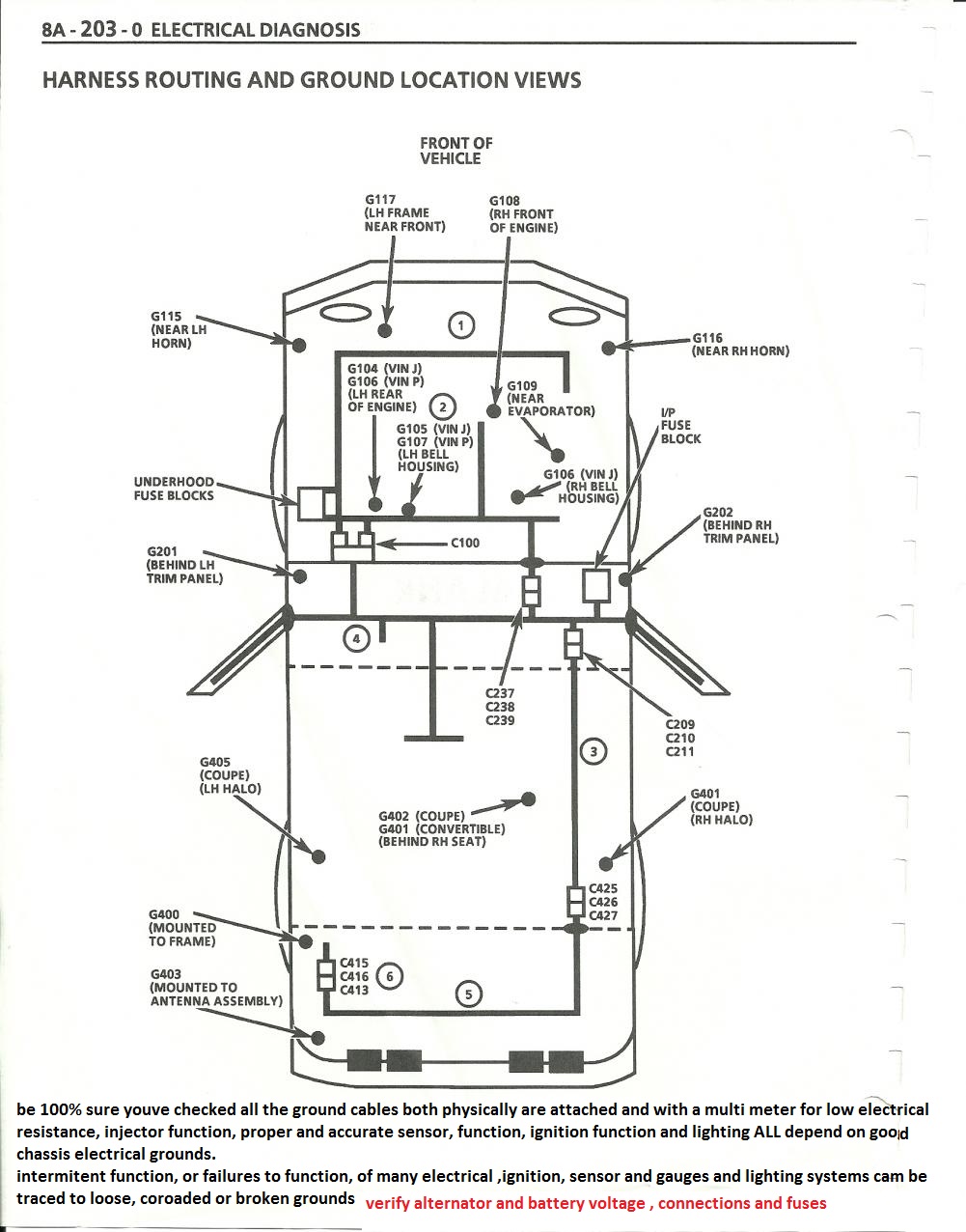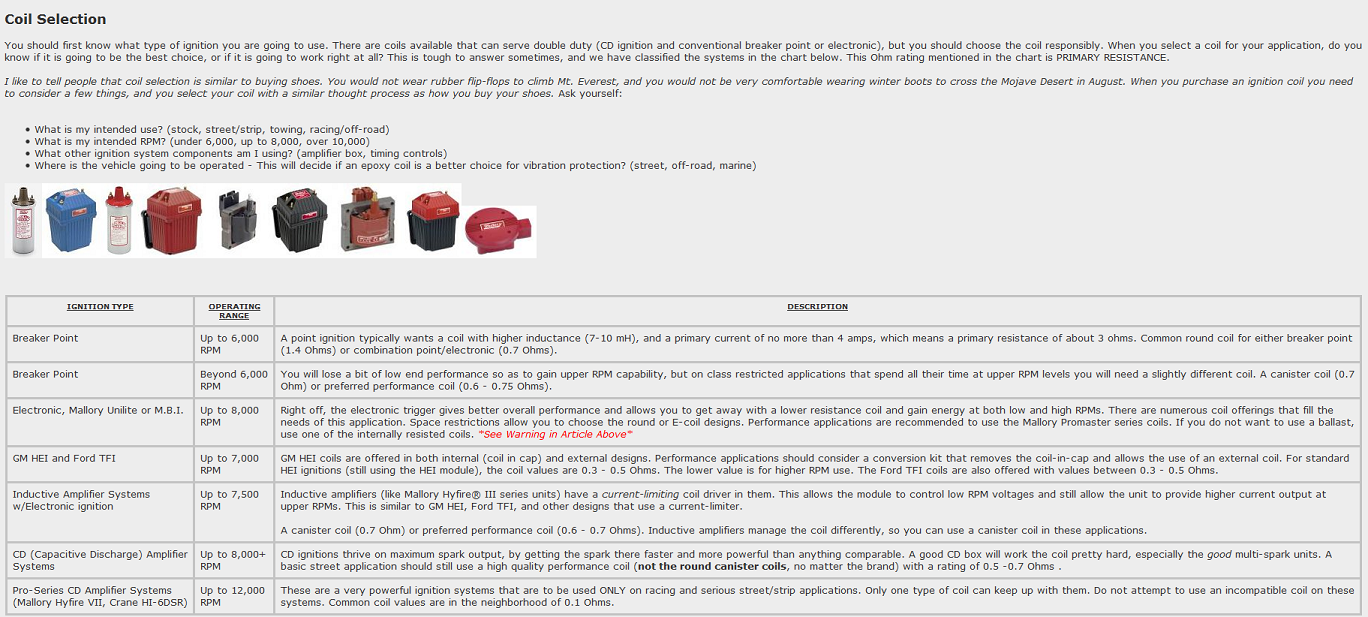I was over a friends house to help him test and isolate a problem on his 1995 lt1 corvette, it seems it recently started running like crap, for seemingly no reason.
well AFTER HEARING IT RUN I SUGGESTED WE DO A TUNE UP, AND PULL TROUBLE CODES , I also strongly suggested we get out a multi meter and do a few tests,
http://garage.grumpysperformance.com/index.php?threads/testing-an-alternator.3222/#post-46703
http://garage.grumpysperformance.com/index.php?threads/cooling-off-that-c4-corvette.3954/
http://garage.grumpysperformance.com/index.php?threads/chasing-a-crazy-electrical-glitch.986/
http://garage.grumpysperformance.co...ans-cooler-on-a-c4-corvette.10514/#post-44478
http://garage.grumpysperformance.co...ard-starting-tpi-crossfire-or-lt1-vette.1401/
http://garage.grumpysperformance.com/index.php?threads/c4-c5-corvette-trouble-codes.2697/
http://garage.grumpysperformance.co...-system-trouble-shooting-flow-chart-info.596/
http://garage.grumpysperformance.com/index.php?threads/much-brighter-head-lights.160/#post-39154
this infos bound to be helpful at times
Sensor Locations
Sensor
Location
Engine Coolant Temperature Sensor. Front of engine, below Throttle Body.
Engine Oil Temperature Sensor. Left rear of engine, just above the oil filter.
Oil Pressure Sender/Switch. Top, left hand rear of engine.
Fuel Quantity Sender. Top of fuel tank, beneath filler pipe escutcheon panel.
MAT (Manifold Absolute Temperature Sensor). Underside of manifold air plenum at rear.
Outside Temperature Sensor. Right side of engine, top right corner of radiator.
In Car Temp Temperature Sensor. Coupe: above left seat near interior courtesy light, Convertible: center of cargo compartment lid.
MAF (Mass Air Flow) Sensor. Front of engine ahead of throttle body.
Oxygen (O2) Sensor. Left side of engine, in exhaust pipe.
TPS (Throttle Position Sensor). Right side of throttle body at the front.
Sensor Outputs:
Sensor
Measured Value
Engine Coolant Temperature Sensor. 185 Ohms @ 210F, 3400 Ohms @ 68F, 7,500 Ohms @ 39 F.
Engine Oil Temperature Sensor. 185 Ohms @ 210 F, 3400 Ohms @ 68 F, 7,500 Ohms @39 F.
Oil Pressure Sender/Switch. 1 Ohms @ 0 PSI, 43 Ohms @ 30 PSI, 86 Ohms @ 60 PSI.
Fuel Quantity Sender. 0 Ohms @ Empty, 45 Ohms @ 1/2 Full, 90 Ohms @ Full.
MAT (Manifold Absolute Temperature Sensor). 185 Ohms @ 210 F, 3400 Ohms @ 70 F, 15,000 Ohms @ 40 F.
Outside Temperature Sensor. 4400 Ohms @ 60 F, 2200 Ohms @ 85 F.
In Car Temp Temperature Sensor. 4400 Ohms @ 60 F, 2200 Ohms @ 85 F.
MAF (Mass Air Flow) Sensor. .4 Volts @ idle, 5 Volts @ Full Throttle.
Oxygen (O2) Sensor. .1 Volt Lean Mixture, .9 Volt Rich Mixture.
TPS (Throttle Position Sensor). .54 Volts Idle, ~ 5 Volts Full Throttle.



but like many guys would have, he decided to drive the corvette to the local NAPA store with me as a passenger, before we did any testing.
and anyone who says they have not done something that came back to bite them later in a similar manor is obviously lying as we all do this.
as were driving I'm watching the dash voltage gauge and notice the volts while were driving are slowly dropping and the engine rpms have zero effect , that's a very good clue that the alternators not working or the battery is defective or the engine grounds are loose etc. and sure enough while hes in the store he left the engine idle as he stated it has a tendency to quit or stall,, or be hard to re-start, the battery voltage dropped to 9 volts and the engine stalled and would not restart.
I'm betting its time for a new alternator. (further testing to follow) he got the car towed home !
get out a multi meter and test, its really easy, measure the voltage at the battery terminals before you try to start the engine, it should be 12 + volts but might be a bit less, if the batterys been run down , cranking the engine over, hit the key, if the engine starts when it spins over with or without a jump, it should read between 13.5 and about 14.8 volts once the rpms exceed about 2000rpm, and the car jumping its cables are disconnected (if you jumped the car) if the battery is reading less than 13 volts, with the engine rpms at 1700-2000rpm, or so the alternators a strong suspect , as the defective component, but the battery may be defective, if the battery won,t take an over night trickle charge to 12 plus volts its most likely trash, and pulling the alternator voltage down.
do some research, ask detailed questions, make sure what you buy is a direct bolt in version,for YOUR APPLICATION, but if you need to replace the alternator do yourself a favor, and yes pay a bit more and get a 150-200 amp alternator (you might have to upgrade the gauge of one or more wires in the car between the alternator and battery, to get the full benefit)
IT WILL MAKE A NOTICEABLE IMPROVEMENT in how the car RUNS
well AFTER HEARING IT RUN I SUGGESTED WE DO A TUNE UP, AND PULL TROUBLE CODES , I also strongly suggested we get out a multi meter and do a few tests,
http://garage.grumpysperformance.com/index.php?threads/testing-an-alternator.3222/#post-46703
http://garage.grumpysperformance.com/index.php?threads/cooling-off-that-c4-corvette.3954/
http://garage.grumpysperformance.com/index.php?threads/chasing-a-crazy-electrical-glitch.986/
http://garage.grumpysperformance.co...ans-cooler-on-a-c4-corvette.10514/#post-44478
http://garage.grumpysperformance.co...ard-starting-tpi-crossfire-or-lt1-vette.1401/
http://garage.grumpysperformance.com/index.php?threads/c4-c5-corvette-trouble-codes.2697/
http://garage.grumpysperformance.co...-system-trouble-shooting-flow-chart-info.596/
http://garage.grumpysperformance.com/index.php?threads/much-brighter-head-lights.160/#post-39154
this infos bound to be helpful at times
Sensor Locations
Sensor
Location
Engine Coolant Temperature Sensor. Front of engine, below Throttle Body.
Engine Oil Temperature Sensor. Left rear of engine, just above the oil filter.
Oil Pressure Sender/Switch. Top, left hand rear of engine.
Fuel Quantity Sender. Top of fuel tank, beneath filler pipe escutcheon panel.
MAT (Manifold Absolute Temperature Sensor). Underside of manifold air plenum at rear.
Outside Temperature Sensor. Right side of engine, top right corner of radiator.
In Car Temp Temperature Sensor. Coupe: above left seat near interior courtesy light, Convertible: center of cargo compartment lid.
MAF (Mass Air Flow) Sensor. Front of engine ahead of throttle body.
Oxygen (O2) Sensor. Left side of engine, in exhaust pipe.
TPS (Throttle Position Sensor). Right side of throttle body at the front.
Sensor Outputs:
Sensor
Measured Value
Engine Coolant Temperature Sensor. 185 Ohms @ 210F, 3400 Ohms @ 68F, 7,500 Ohms @ 39 F.
Engine Oil Temperature Sensor. 185 Ohms @ 210 F, 3400 Ohms @ 68 F, 7,500 Ohms @39 F.
Oil Pressure Sender/Switch. 1 Ohms @ 0 PSI, 43 Ohms @ 30 PSI, 86 Ohms @ 60 PSI.
Fuel Quantity Sender. 0 Ohms @ Empty, 45 Ohms @ 1/2 Full, 90 Ohms @ Full.
MAT (Manifold Absolute Temperature Sensor). 185 Ohms @ 210 F, 3400 Ohms @ 70 F, 15,000 Ohms @ 40 F.
Outside Temperature Sensor. 4400 Ohms @ 60 F, 2200 Ohms @ 85 F.
In Car Temp Temperature Sensor. 4400 Ohms @ 60 F, 2200 Ohms @ 85 F.
MAF (Mass Air Flow) Sensor. .4 Volts @ idle, 5 Volts @ Full Throttle.
Oxygen (O2) Sensor. .1 Volt Lean Mixture, .9 Volt Rich Mixture.
TPS (Throttle Position Sensor). .54 Volts Idle, ~ 5 Volts Full Throttle.


but like many guys would have, he decided to drive the corvette to the local NAPA store with me as a passenger, before we did any testing.
and anyone who says they have not done something that came back to bite them later in a similar manor is obviously lying as we all do this.
as were driving I'm watching the dash voltage gauge and notice the volts while were driving are slowly dropping and the engine rpms have zero effect , that's a very good clue that the alternators not working or the battery is defective or the engine grounds are loose etc. and sure enough while hes in the store he left the engine idle as he stated it has a tendency to quit or stall,, or be hard to re-start, the battery voltage dropped to 9 volts and the engine stalled and would not restart.
I'm betting its time for a new alternator. (further testing to follow) he got the car towed home !
get out a multi meter and test, its really easy, measure the voltage at the battery terminals before you try to start the engine, it should be 12 + volts but might be a bit less, if the batterys been run down , cranking the engine over, hit the key, if the engine starts when it spins over with or without a jump, it should read between 13.5 and about 14.8 volts once the rpms exceed about 2000rpm, and the car jumping its cables are disconnected (if you jumped the car) if the battery is reading less than 13 volts, with the engine rpms at 1700-2000rpm, or so the alternators a strong suspect , as the defective component, but the battery may be defective, if the battery won,t take an over night trickle charge to 12 plus volts its most likely trash, and pulling the alternator voltage down.
do some research, ask detailed questions, make sure what you buy is a direct bolt in version,for YOUR APPLICATION, but if you need to replace the alternator do yourself a favor, and yes pay a bit more and get a 150-200 amp alternator (you might have to upgrade the gauge of one or more wires in the car between the alternator and battery, to get the full benefit)
IT WILL MAKE A NOTICEABLE IMPROVEMENT in how the car RUNS
Last edited by a moderator:

